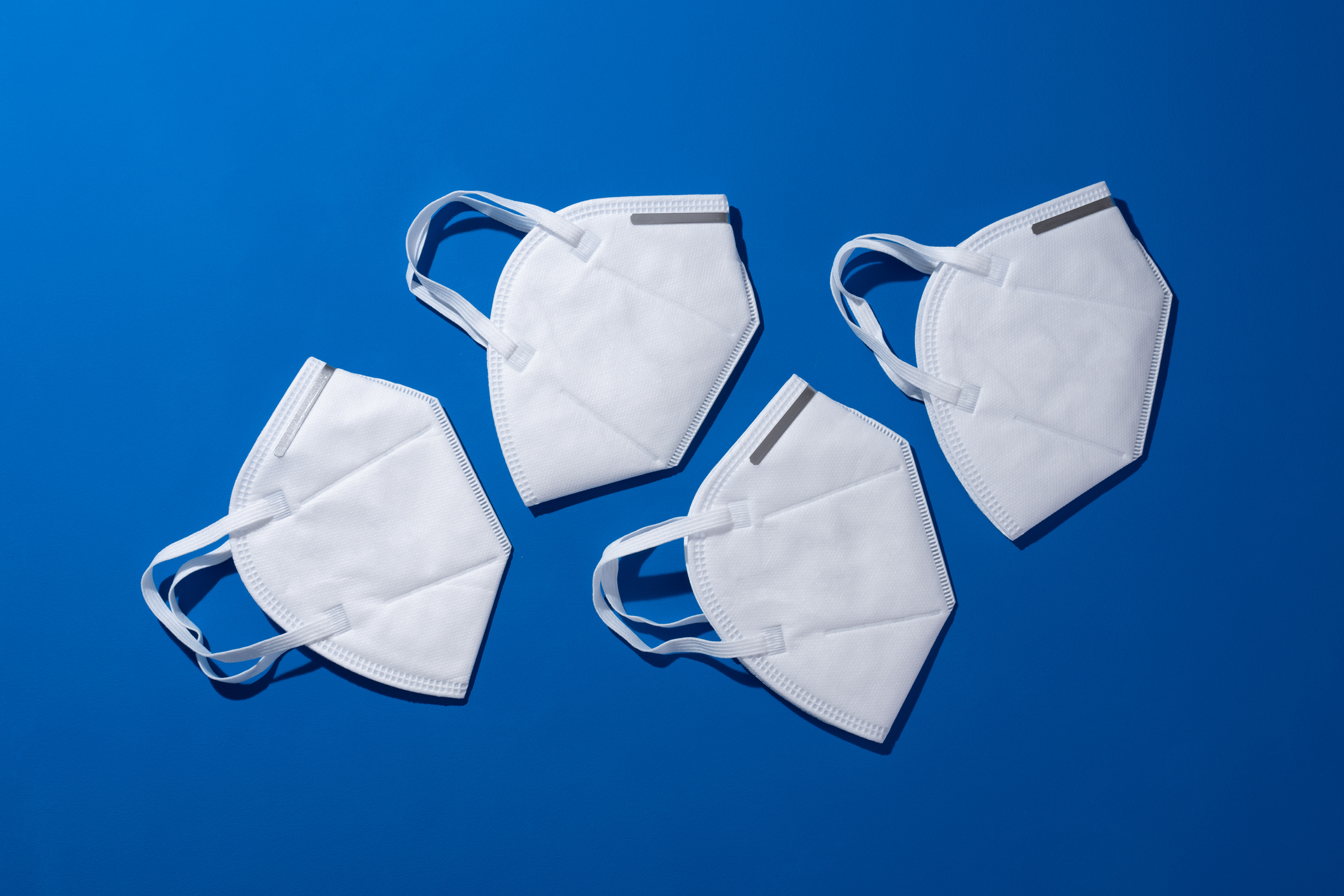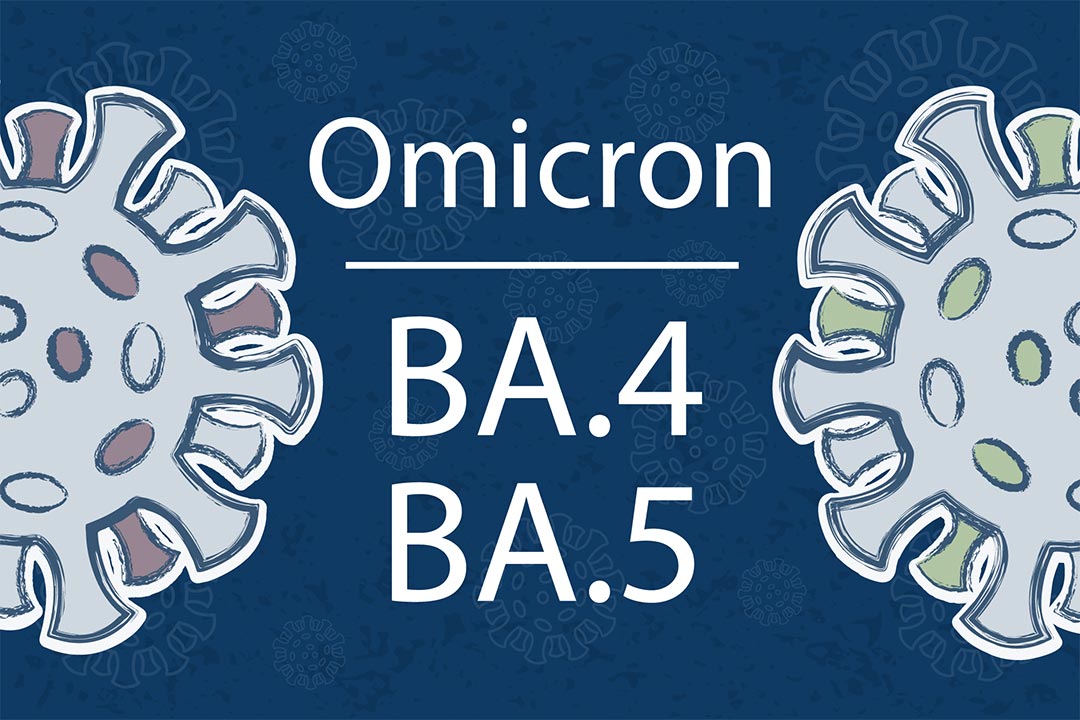According to recent results from researchers at Beth Israel Deaconess Medical Center, of Harvard Medical School, Omicron subvariants BA.4 and BA.5 appear to evade antibody responses among both those who had prior Covid-19 infection and those who have been properly vaccinated and boosted.
Vaccine producers are developing new doses that might trigger a greater immune response against the variations, but Covid-19 immunization is still anticipated to offer significant protection against serious illness.
According to a recent study published in the New England Journal of Medicine on Wednesday, the levels of neutralizing antibodies that a prior infection or immunizations elicit are much lower against the BA.4 and BA.5 subvariants than the original coronavirus.
Dr. Dan Barouch, one of the paper’s authors and the director of the Center for Virology and Vaccine Research at Beth Israel Deaconess Medical Center in Boston, wrote in an email to CNN that “we observed 3-fold reductions of neutralizing antibody titers induced by vaccination and infection against BA4 and BA5 compared with BA1 and BA2, which are already substantially lower than the original COVID-19 variants.”

According to Barouch’s research, “this novel Omicron subvariants will probably be able to trigger outbreaks of infections in populations with high levels of both natural and vaccine-induced BA1 and BA2 immunity.” “Vaccine immunity, however, is anticipated to still give significant protection against severe illness with BA4 and BA5”
The recently released findings support independent studies conducted by experts at Columbia University.
In contrast to other Omicron subvariants, they recently discovered that the BA.4 and BA.5 viruses were more likely to evade antibodies from the blood of adults who had had a complete course of vaccination and booster shots. This increased the chance of vaccine-breakthrough Covid-19 infections.
Even in those who had some preexisting immunity to the virus, the authors of that additional research claim that their findings indicate a larger risk for reinfection. According to the US Centers for Disease Control and Prevention, vaccination, infection, or both are how 94.7 percent of people in the US who are 16 years of age and older acquired antibodies against the coronavirus that causes Covid-19.
According to statistics released by the US Centers for Disease Control and Prevention on Tuesday, BA.4 and BA.5 are thought to have been the source of 35% of new Covid-19 infections in the US last week, up from 29% the week before.
Read More:- Shark Attack on Central California Coast Results in Swimmer Injury
According to the European Centre for Disease Prevention and Control, BA.4 and BA.5 are the variants of Covid-19 that are currently spreading the fastest. Within the next few weeks, they are anticipated to dominate Covid-19 transmission in the United States, the United Kingdom, and the rest of Europe.

“COVID-19 has the potential to mutate even more,”
In the New England Journal of Medicine article, the researchers found that two weeks after the booster dose, levels of neutralizing antibodies against Omicron subvariants were significantly lower than the response against the original coronavirus among 27 research participants who had been vaccinated and boosted with the Pfizer/BioNTech coronavirus vaccine.
According to the researchers, the neutralizing antibody levels were decreased by a factor of 6.4, 7, 1, 14, 1, and 21 against BA.1 or BA.2, BA.3, BA.4, and BA.5, respectively.
Similar findings were made among 27 subjects who had previously been exposed to the BA.1 or BA.2 subvariants a median of 29 days earlier.
Neutralizing antibody levels against BA.1 were 6.4 times lower in those who had previously been infected, 5.8 times lower against BA.2, 9.6 times lower against BA.2.12.1, and 18.7 times lower against BA.4 or BA.5, according to the researchers. The majority of these individuals were also vaccine recipients.
The actual meaning of the neutralizing antibody levels for vaccination efficacy and whether or not the results would hold true for a larger sample size require more investigation.
In the email, Barouch stated that “our findings imply that COVID-19 still has the potential to change further, resulting in enhanced transmissibility and higher antibody escape.” We must continue to be watchful and keep researching new variations and subvariants as they appear when pandemic limitations are eased.
Read More:- Brooks Loses to Trump-backed Britt in the Republican Senate Election in Alabama
It has been suggested that vaccine boosters based on BA.1 may not provide broad-spectrum protection against new Omicron subvariants like BA.4 and BA.5, as a separate study, published in the journal Nature last week, discovered that Omicron may evolve mutations to evade the immunity elicited by having a prior BA.1 infection.
Dr. Wesley Long, an experimental pathologist at Houston Methodist Hospital, told CNN that regardless of whether a person has previously had Covid-19, they still run the risk of contracting the illness again.
We have seen some cases of reinfection, and I have seen some cases of reinfection with people who had a BA.2 variation in the past few months, so I think I’m a little worried about people who’ve had it lately having a false feeling of security with BA.4 and BA.5, he added.

To enhance antibody responses against problematic coronavirus variants and subvariants, several vaccine producers are creating variant-specific vaccinations.
“Until there are vaccinations or extensive regulations that will prevent new instances from arising, reinfections will essentially be unavoidable. The good news is that we are in a much better position than we were before the vaccines, in my opinion, “Pavitra Roychoudhury, an acting instructor at the Department of Laboratory Medicine and Pathology at the University of Washington who was not involved in the New England Journal of Medicine paper, stated.
She added of Covid-19 infections, “There’s so much of this virus out there that it feels inevitable.” “We’re hoping that the safeguards we’ve put in place will result in primarily minor illness.”
Covid-19 vaccinations are being updated.
According to mRNA-1273.214, a bivalent Covid-19 vaccine booster from Moderna, the immune responses it produced were “potent” against the Omicron subvariants BA.4 and BA.5, the business reported on Wednesday.
This bivalent booster vaccine candidate combines elements of the Covid-19 vaccine developed by Moderna with the Omicron vaccine. The business stated that it is planning to finish regulatory applications in the upcoming weeks asking to alter the booster vaccine’s formulation to be mRNA-1273.214.
Stéphane Bancel, chief executive officer of Moderna, said in a statement on Wednesday that mRNA-1273.214, our primary booster candidate for the autumn, has demonstrated significant neutralizing titers against the BA.4 and BA.5 subvariants, which represent an emerging concern to global public health. The coronavirus that causes Covid-19 is SARS-CoV-2.

In front of a projected increase in SARS-CoV-2 infections caused by Omicron subvariants in the early autumn, Bancel said, “We will submit this data to authorities quickly and are prepared to distribute our next generation bivalent booster starting in August.”
The composition of the Covid-19 vaccinations that may be administered as boosters this autumn will be discussed at the US Food and Drug Administration’s Vaccines and Related Biological Products Advisory Committee meeting the following week.
According to data released by Moderna on Wednesday, which has not been peer-reviewed, one month after a 50-microgram dose of the mRNA-1273.214 vaccine was given to individuals who had already been immunized and boosted, the vaccine-elicited “potent” neutralizing antibody responses against BA.4 and BA.5, boosting levels by 5.4-fold in all participants regardless of whether they had a history of Covid-19 infection and by 6.3-fold in the group of those These neutralizing antibody concentrations were nearly 3-fold lower than previously reported neutralizing antibody concentrations against BA.1, according to Moderna.
These results support the information provided by Moderna earlier this month that the bivalent booster’s 50-microgram dosage led to a greater antibody response against Omicron than the initial Moderna vaccine.
Data from Moderna indicate that “If you want to broaden the population’s level of protection against the BA.4 and BA.5 omicron strains, the bivalent booster may be more effective. The companies note that similar antibody levels protected against clinical illness brought on by other strains, which is the first indication of an emerging “immune correlate” of protection, even though the information is based on antibody levels.
It is hoped that this ongoing study is also evaluating rates of clinical illness as well as antibody responses “In a statement issued by the UK-based Science Media Centre on Wednesday, Penny Ward, an independent pharmaceutical physician and visiting professor in pharmaceutical medicine at King’s College London, said. She didn’t participate in Moderna’s work.
Read More:-
- Biden Presses Congress, States, and Energy Industry While Blaming Russia for High Gas Prices
- After a Shooting Spree, the Uvalde School Police Chief Is on Leave
We may expect that this novel mixed vaccination should be well tolerated because it has been previously documented that the bivalent vaccine is well tolerated with transient “reactogenic” effects comparable to those following the univalent booster injection, according to Ward. “It certainly makes sense to consider using this new bivalent vaccination, if available, as we approach the autumn with omicron variants dominating the covid infection landscape.”


